St. Patrick's Day Lies You Believed
by Jessie Carter
All holidays bring a certain amount of folklore. Today we bust some infamous St. Patrick's Day myths.
Irish St. Patrick: It's a good thing that everyone gets to be a little Irish on March 17th because St. Patrick, the patron saint of Ireland, was not Irish. Patrick's first introduction to "The Emerald Isle" was when Irish Raiders brought him to the tiny country after kidnapping him. He spent six years enslaved there before finally running away. Years later, Patrick returned to the country of his enslavement as a Christian missionary. With such an Irish-centered life, it's understandable that people tend to misconstrue him as an Irishman. His actual birthplace is up for debate. Some historians argue he was born in Scotland while others believe that he was born in Britannia (part of the island of Great Britain controlled by the Roman Empire). Despite the uncertainty surrounding his birth, Patrick has probably been unofficially adopted by Ireland by now.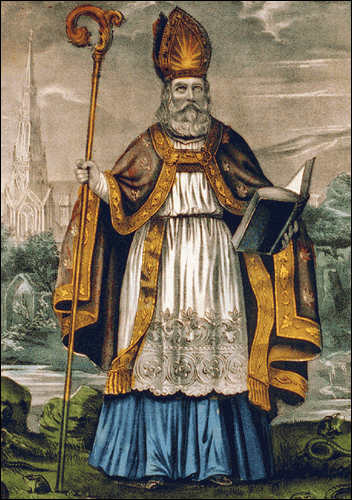
Banishing snakes: As the story goes, Patrick chased every last Irish snake into the sea after they attacked him during his 40-day fast. How dare those snakes approach and attack a fasting man. If I had to fast for more than four hours I would likely chase away anything that came near me as well. Science cries foul on this cock-and-bull story for several reasons. First, had Patrick actually fasted for any significant amount of time, his body would have been deprived of important nutrients and his vital organs would have turned to a bloody gross mush. That gross mush would have been unable to function much, let alone annihilate a nest of snakes. Second, Ireland had been a snake-free country long before Patrick spent any time there, enslaved or otherwise. Many scientists believe the most recent ice age kept the island too cold for the for the taste of the slithering creatures that haunt my nightmares. Thank god for the oceans and the fact that snakes can't swim. Once the ice age ended, the surrounding seas probably kept the snakes from infesting Ireland. Patrick's snake myth likely started as a thinly-veiled metaphor for paganism that lost its original meaning over time. 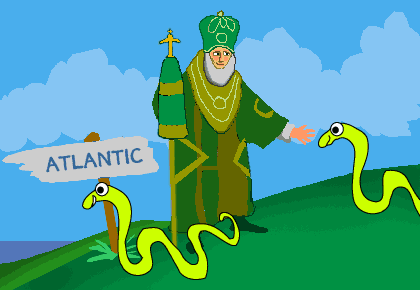
St. Patrick's Parade: Manhattan's famous St. Patrick's Day parade is a tradition that started in New York City and not in Ireland. Parades are mostly an American tradition. First held in 1762 by some Irish soldiers serving in the British Army, the parade now draws over 200,000 participants, destroys any hope of travel near Fifth Avenue, and generally is the antithesis of how the Irish once marked a solemn religious event. The traditional marchers' parade does not allow any floats, automobiles, or any members of the LGBT community. Parades: the final frontier of equality. 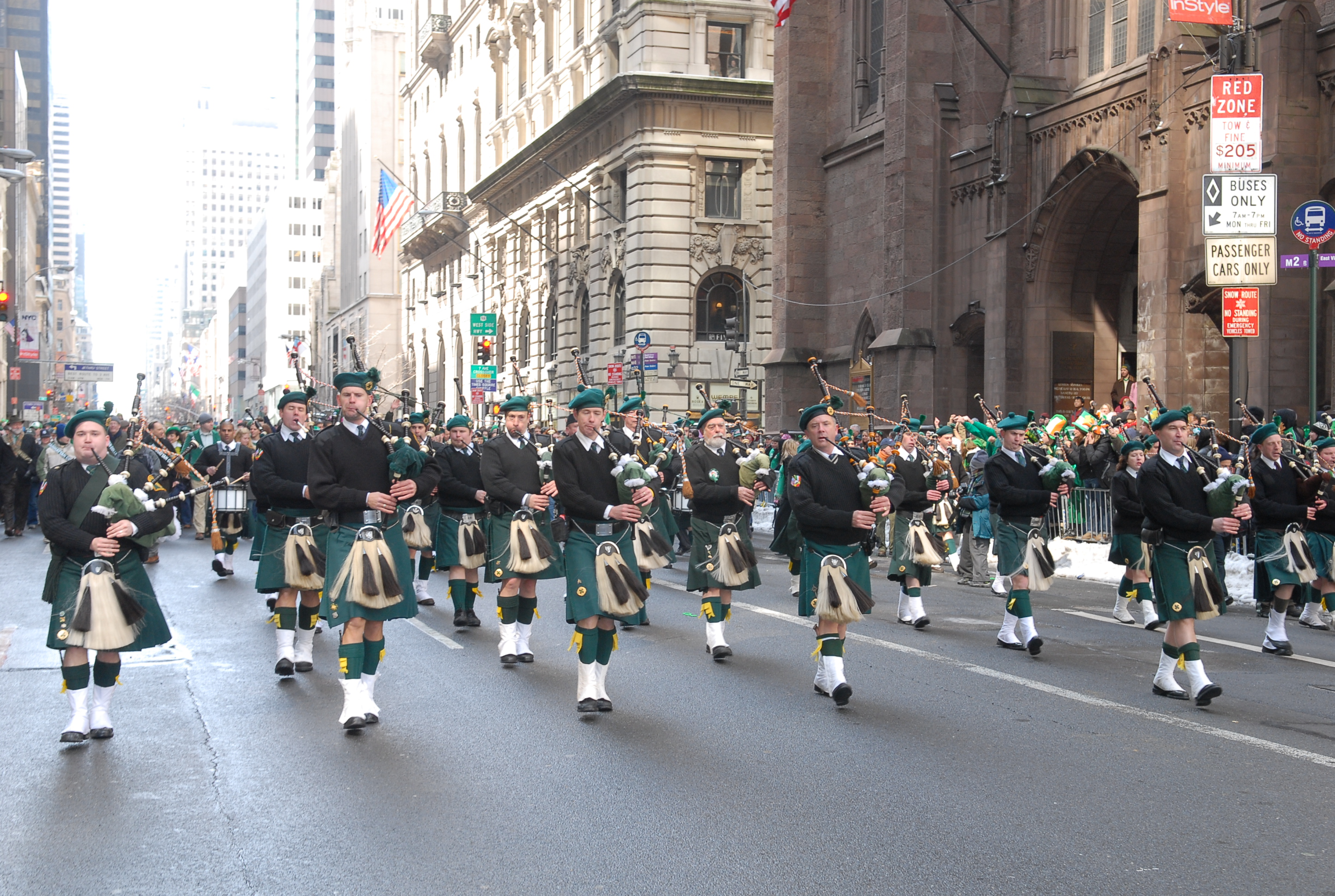
Green sort of all over: If your friends are wearing green in honor of St. Patrick's Day, I give you full permission to annoyingly wag your finger in their face and tell them that they are doing it all wrong. Follow up that tirade with a deep sip of beer or a sardonic swirling of the whiskey in your glass and point out the blue shirt on your chest. You, my friend, are doing the holiday just right. Blue, not green, is the original color linked to St. Patrick. He's not the only important lad who celebrates the color either. If you're ever at a press conference with the President or find yourself sitting in his office (and I'm sure this happens at an almost weekly rate for you) you will notice that his flag is also blue. At some point, the importance of blue faded and green became the color of Ireland and St. Patrick's Day. Some claim it is because the color green makes up a third of the Irish flag or because of the "The Emerald Isle" nickname. 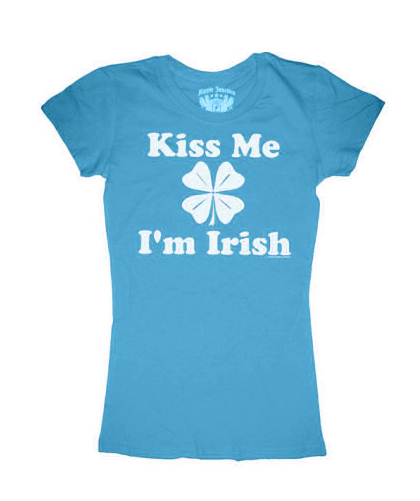
ShamWRONG: There is no such thing as a shamrock plant. The term comes from the Irish word "seamrog" which means "little clover". St. Patrick used the clover to describe the Christian doctrine of the trinity. Today, clovers are often found in bridal bouquets for good luck. Perhaps Americans should adopt this tradition to try and drive down that nasty divorce rate. 
All the beer in Ireland: At this point in history, St. Patrick's Day is synonymous with one thing and it is not the color green or the man Patrick himself. If Pavlov had had access to humanity, March 17th would be his bells and beer would be his dog treats. But beer hasn't always been the number one tool to celebrate St. Patrick's Day. In 1903, a bill passed that recognized St. Patrick's Day as religious observation in Ireland. Because St. Patrick's Day had been recognized as an official religious observation, all pubs had to close that day. For 67 years, the Irish experienced a pub-free St. Patrick's Day. Finally, in 1970, someone had the good sense to switch the day from a religious observance to a national holiday. And everyone in Ireland lived happily ever after.
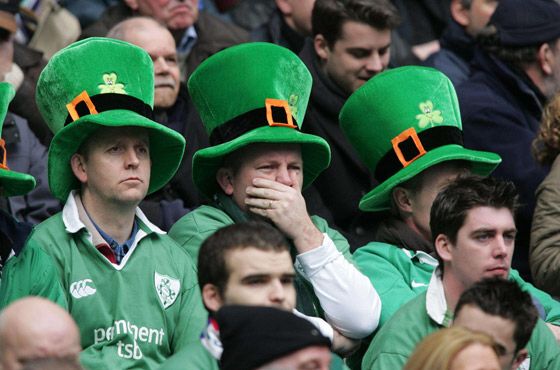 WHAT? No beer? God help us.
WHAT? No beer? God help us.
For more articles, please visit privateislandparty.com






1 Comments